Affiliate links on Android Authority may earn us a commission. Learn more.
Google's smart home strategy is as disastrous as Google's messaging strategy

Google’s smart home strategy has seen many false starts over the last decade and a half. From the early 2010 iteration of Google TV to the ill-fated Nexus Q, everything was funky and experimental. Then Google Assistant and the first Google Home smart speaker launched and it seemed like Mountain View finally knew what it wanted to do with the smart home. Fast forward seven years or so and things have taken so many twists and turns that it’s starting to feel like another episode of Google’s messaging app saga.
But let’s back up a bit. Few products in Google’s line-up have shown a relatively stable vision over the decades. Search, Maps, Photos, and Gmail count among those most steady, unsurprising services. Everything else, from Wallet-Pay-Wallet to Google TV-Android TV-Google TV or Gsuite free-paid-Workspace has seen more ups and downs than I can count. None, however, has been as confusing or flippity-floppity as Google’s smorgasbord of messaging services and strategies.
And I’m afraid that the smart home is steadily taking a similar path. We’re slowly approaching the Allo-Duo-Hangouts-Meet-and-even-YouTube-chats era. The lack of a clear sense of direction in Google’s smart home strategy is jarring.
This has become abundantly clear over the last year, with the launch of a half-baked smart display integration in the Pixel Tablet, along with the dozen changes that have gutted existing smart displays and speakers from important features. All of this has punctuated what has been a very perplexing smart home strategy from Google.
From an omnipotent Assistant to a ghost Assistant
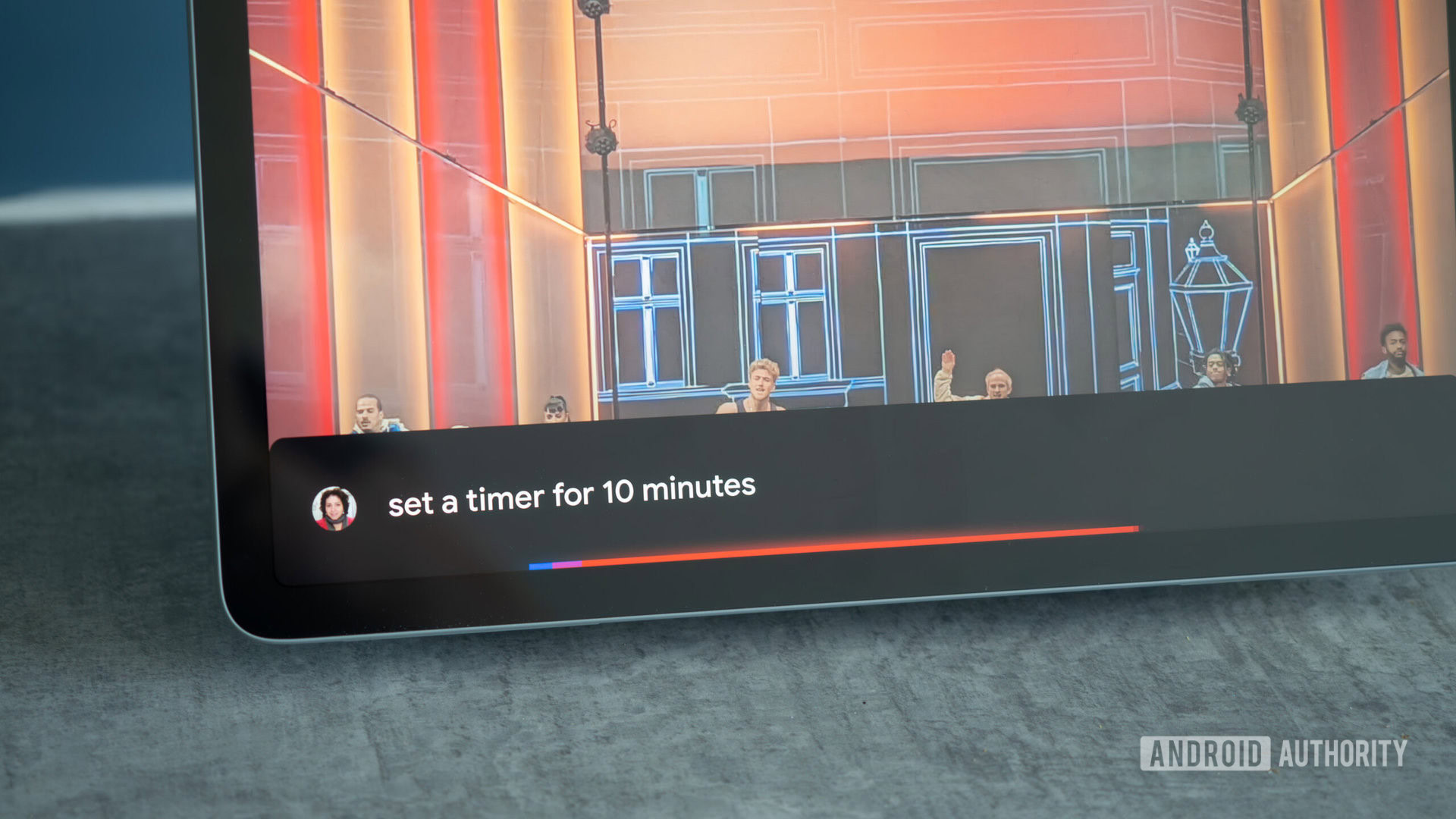
For the first four or five years of its existence, Assistant was the crown jewel of Google’s strategy. Everything the company launched, every product and service had some form of integration with Google Assistant. It was supposed to be your all-powerful helper, both around your home and outside of it.
Assistant was first integrated into the Allo messaging app and later into Google’s Messages app; the first was sunset, and the latter recently lost all signs of it. Assistant was supposed to take over Google Maps’ driving mode, but that was canned too. An Assistant “Snapshot” of your day was developed for years as a replacement for the late Google Now, then got unceremoniously killed.
Remember Google Assistant’s in-app actions? Assistant reminders? Assistant’s screensaver-like Ambient Mode on certain phones? The dedicated Google Assistant button on Nokia phones? All gone now.
Remember Assistant's driving mode? Ambient mode? Reminders? Integration in Google Messages? It's all gone now.
For several years, Google kept Assistant open to all kinds of third-party developers and services with Actions on Assistant. For example, before smart locks were officially supported in Google Home, developers added them through Actions; I was able to control my Nuki smart lock by saying, “Hey Google, ask Nuki to…” Task managers, banking and financial services, educational tools, and thousands of services were available everywhere you could access Assistant. Not anymore. Now there are basic Assistant Shortcuts that only work on phones and only if their app is installed on your phone…
…which highlights another issue. Assistant’s abilities differ greatly between phones, tablets, speakers, smart displays, TVs, smartwatches, headphones, and cars. Each one had a specific set of supported commands and restrictions. If something works on your phone, there’s no guarantee it’ll work on your Wear OS watch. Oh, and there was an entire year when Assistant all but stopped working on smartwatches!
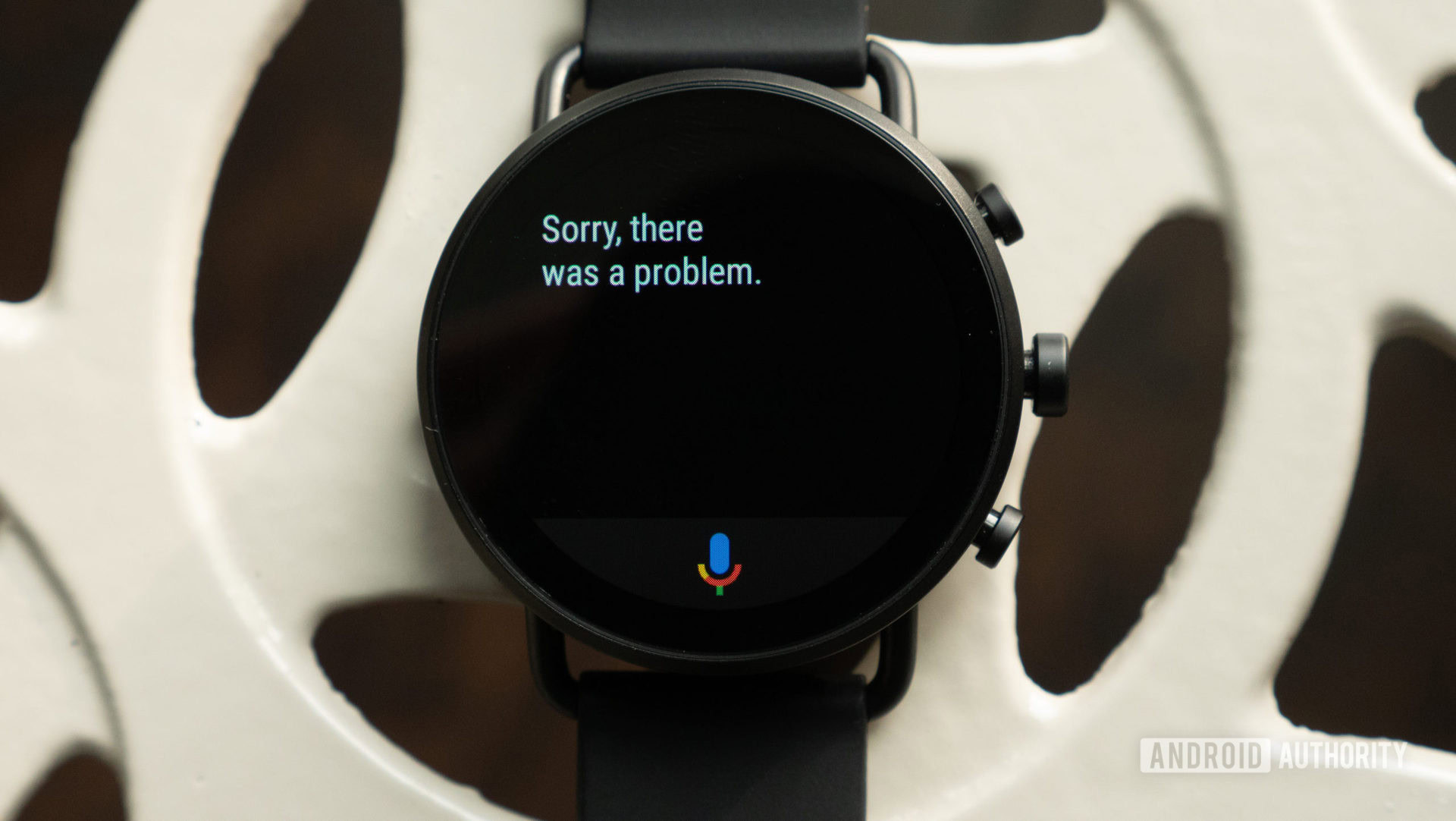
Worse yet, Assistant doesn’t work half the time, is very slow to answer, and keeps getting dumber. Commands it perfectly understood a few years ago leave it confused now, while errors and “Sorry, I can’t do that” are frequent answers to every request. Heck, for the best part of this year, I couldn’t turn on or off my Hue lights with my voice (my husband’s voice worked) because Assistant kept telling me “I don’t understand.” I had to use “set the lights to 0% / 100%” to get it to execute the command— as if that’s easier to “understand.”
Assistant was supposed to become the backbone of the smart home and our entire digital life. That fell to pieces.
Google Assistant was poised to become the backbone of the smart home — and our digital life in general — but it’s been falling to pieces. Google tried to do too much, too fast, too soon. Launching projects left and right with zero follow-up, no long-term planning, and no will to fix issues and consolidate everything. In predictable Google fashion, it ended up with too many loose strings that were easier to cut out than tie together. And now we’re supposed to trust Bard?
Puzzling hardware and software strategy
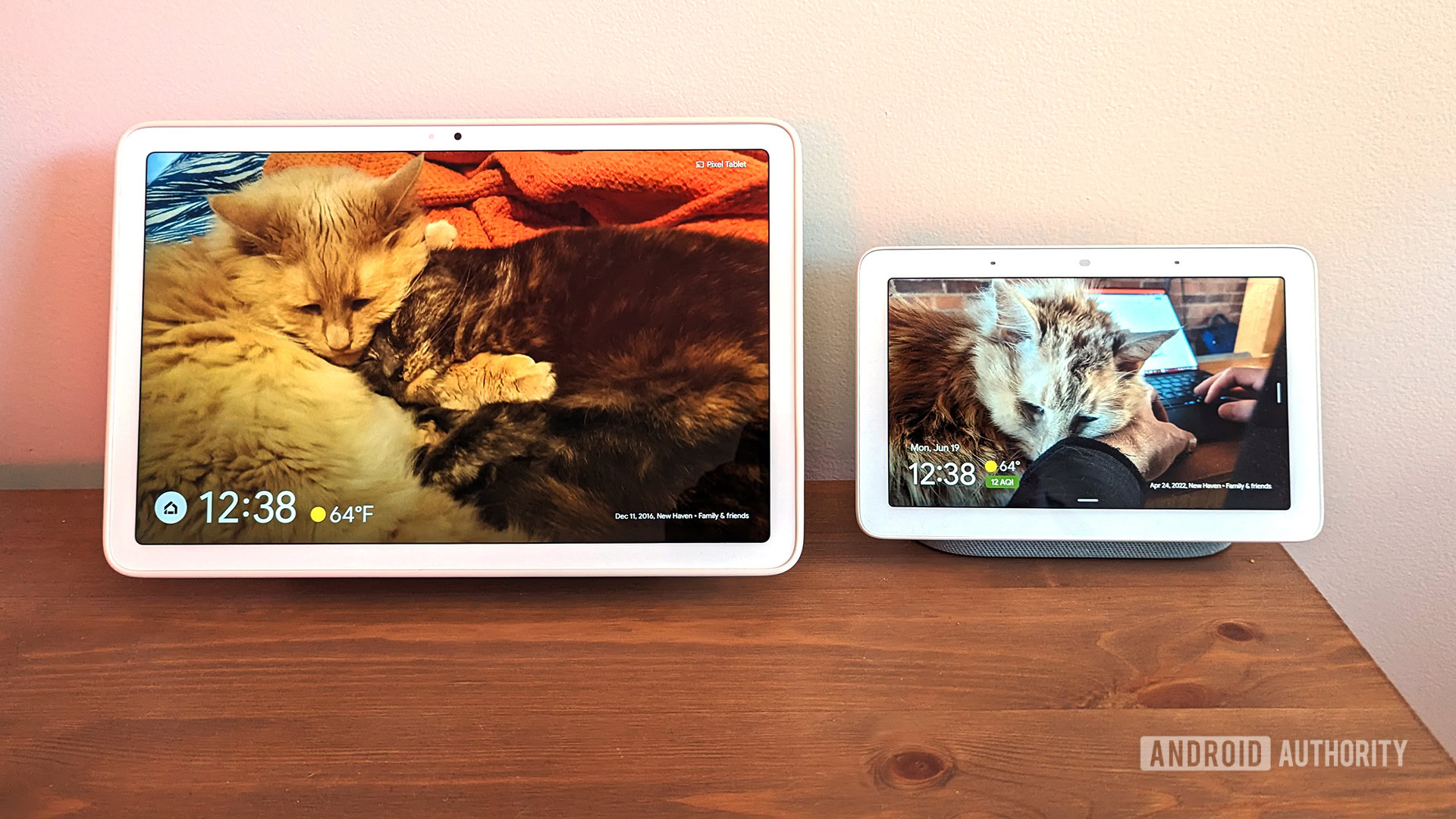
Since buying Nest in 2014, Google’s Nest hardware strategy has been nothing short of perplexing. Moving past the “Google Home” speaker versus app naming confusion and the ensuing rebrand to Nest hardware, I can think of several questionable decisions:
- Why did Google spend years developing Android Things for smart displays, kill it, spend more years developing Fuchsia OS, and move all hubs to that only to kill it too? What operating system will future hubs run?
- Why is the Nest Hub (2nd generation) a sleep monitor and why did it never integrate with Google’s Fitbit? Will sleep monitoring ever come back in another Nest Hub or is it a one-time thing?
- Why is the Nest Hub Max the only one with an integrated Nest security camera? And why is the Pixel Tablet a, you know, tablet? Are those one-offs too or will we see their successors someday?
- Why does the Pixel Tablet lack the basic features of any modern smart home hub, like a Thread radio and Matter compatibility?
- Why do satellite points of the Nest Wifi lineup act as Assistant smart speakers, but not the satellite units of the Nest Wifi Pro? “Pro” is in the name, it’s supposed to do more, not less.
- Why was the Nest Secure security system killed? And will there ever be a new Nest smoke alarm or smart lock?
Not content with mangling up the hardware side of things, the forced migration from the Nest app to the Google Home app has been nothing short of problematic. Features were stripped away only to be slowly and incompletely added back to the new Home app. Older security cams were stuck in the Nest app, others had to be moved, and you needed to wrap your head around a slow and hacky migration process.
The in-house Nest line-up is perplexing and third-party hardware makers were left in the cold.
On top of that, Google dragged other companies into its smart home whirlwind. JBL, Lenovo, LG, Sony, and others started making smart speakers and displays. For a couple of years, the ecosystem of Assistant-compatible smart gear was blossoming, then updates slowed down and new releases became rare until Google announced that it was discontinuing support for all third-party Assistant smart displays. Speakers are still handled — for now. Who knows what the future holds?
The real losers are long-term users
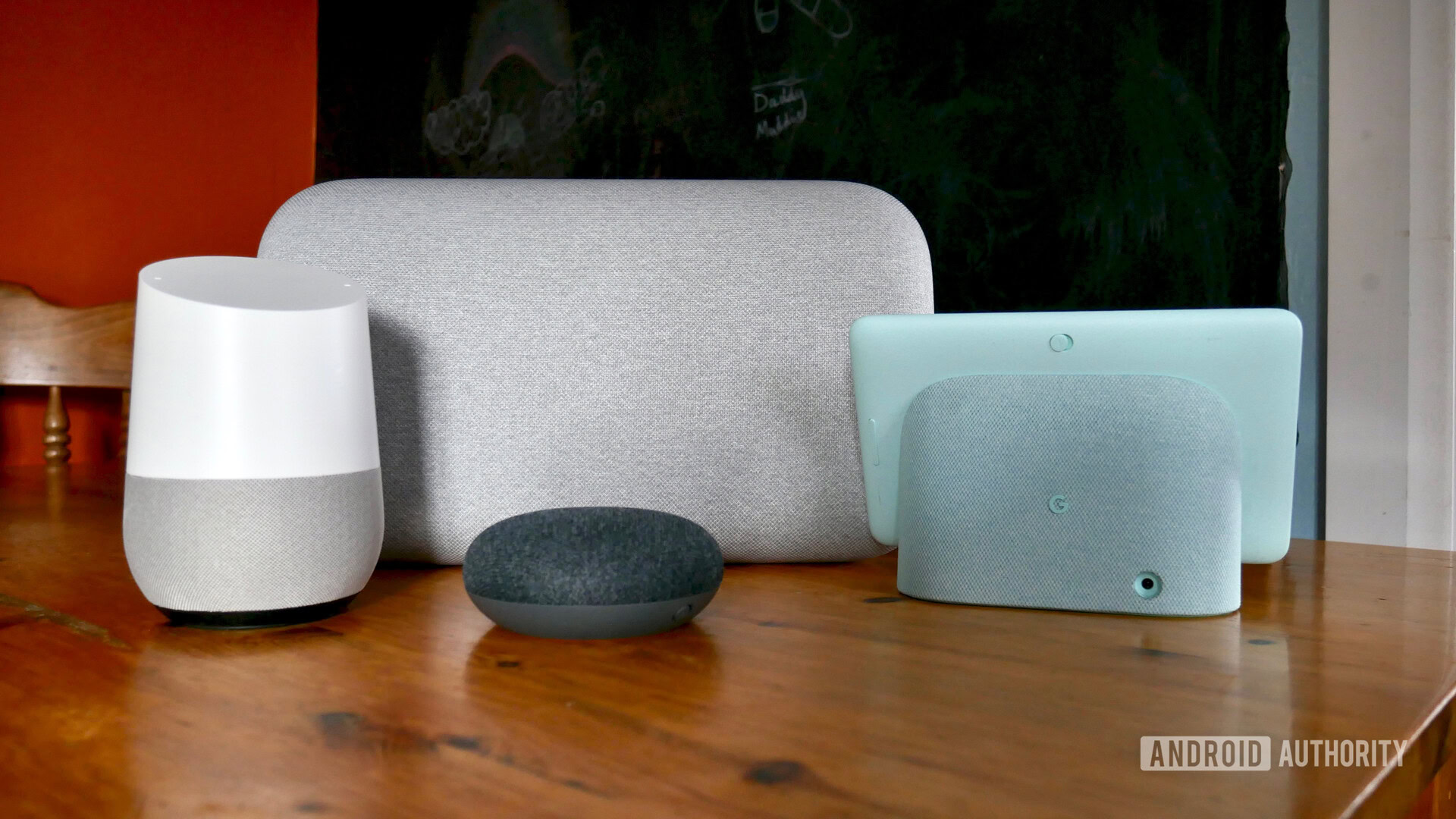
I bought the first Google Home smart speaker in 2016 and have run a Google-only household since. But I keep asking myself why I put myself through this. Things don’t work like they used to and over the past year, I’ve lost more features than I’ve gained. Oh wait, I’ve gained… nothing?! I can’t remember when was the last time Google introduced anything interesting or useful to Assistant.
But I do remember that it abandoned my Lenovo Smart Display, removed games and third-party actions from my Nest Hub (2nd generation), discontinued support for third-party notes and lists providers in Assistant (Anylist and Bring), and is taking away Google Meet and Zoom video calls from the Nest Hub Max.
Every Google Home or Nest product I've bought has lost one or many features it originally launched with.
I also strongly remember how instead of coming to an agreement with Sonos, it decided to nerf its entire lineup of smart speakers and Chromecasts by removing group volume controls, messing up the setup process, and now, we’re learning, taking away the ability to add a speaker to several groups. I’ve set up my Pixel Tablet and Nest Audio as a living room group but also added them to my entire home group, and now I’m afraid that if I need to reset any of them (or if I upgrade), I can’t have them join both groups.
When a company decides that removing features its users have become accustomed to is a better move than licensing a few patents, you have to wonder whether your experience is the very last thing it cares about.
The only constant in this mess is that every Google Home or Nest product I’ve bought has lost one or many features since it launched. So I have to try not to get accustomed to any functionality because it too might go away soon. Marie Kondo would be proud of my ability to let go.
What is Google’s smart home strategy now?
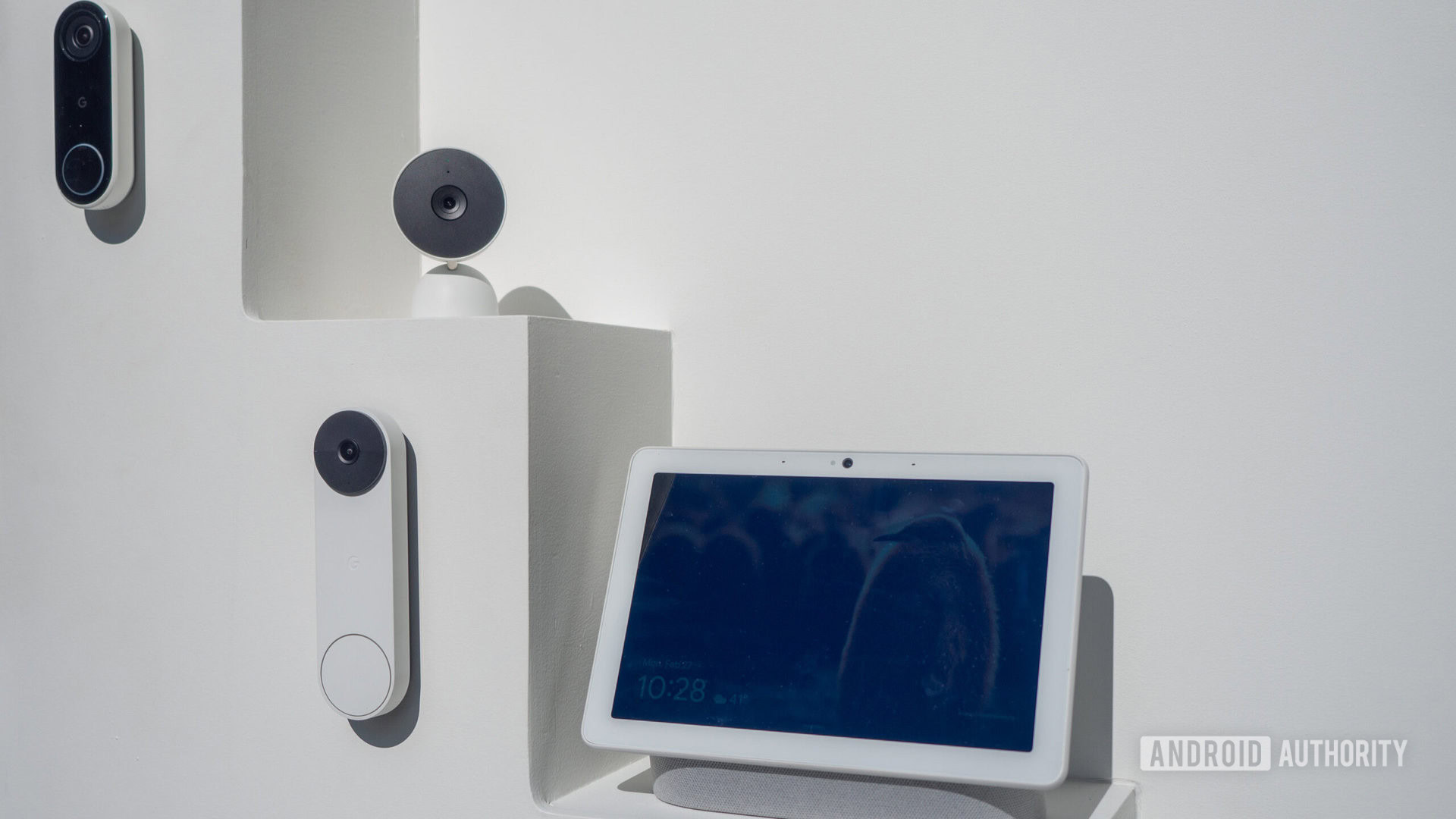
I want to end this on a positive note. A lot of what I said spells doom and gloom on Google’s smart home efforts, but I think there’s still a bit of hope.
After culling all the unnecessary and secondary Assistant features, all the hardware side quests, and all the software duplicities, Google is left with a leaner and more focused smart home ecosystem. The Google Home app has also received an update that made it a lot easier to use and more centered around controlling your home. What is available works now (aside from Assistant’s volatility) and is a more solid ground to build from. That’s a low bar for a compliment, but it’s a compliment nonetheless.
Google's smart home strategy is leaner and more focused, but Google squandered its early start.
The question, though, is whether it was too little too late to consolidate everything. Going back to the messaging strategy parallel I drew at the beginning of the article, I can’t help but feel that Google squandered its early start in the smart home just like it squandered its established Google Talk roots. Its smart home now sits in the same spot as the Google Messages app: It’s there and it does what it’s supposed to do. But it had the potential to be better, more widespread, and dominating. It could have captured the same magic as the early days of Search, Maps, Chrome, or Photos, but it didn’t.
The only difference is that Apple is in on the Matter smart home standard, unlike RCS, so there may be a bit more hope for the future of Google’s smart home after all.